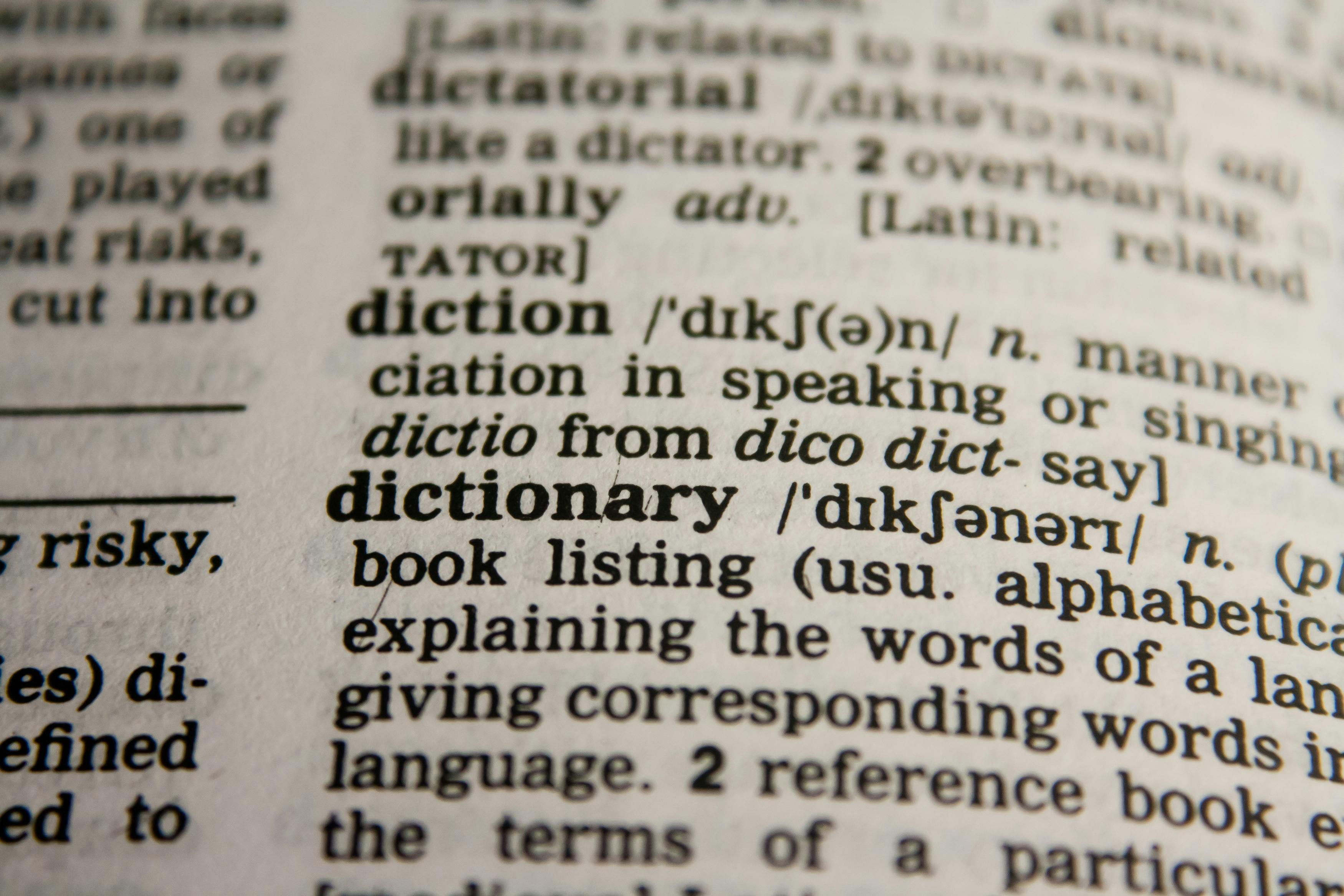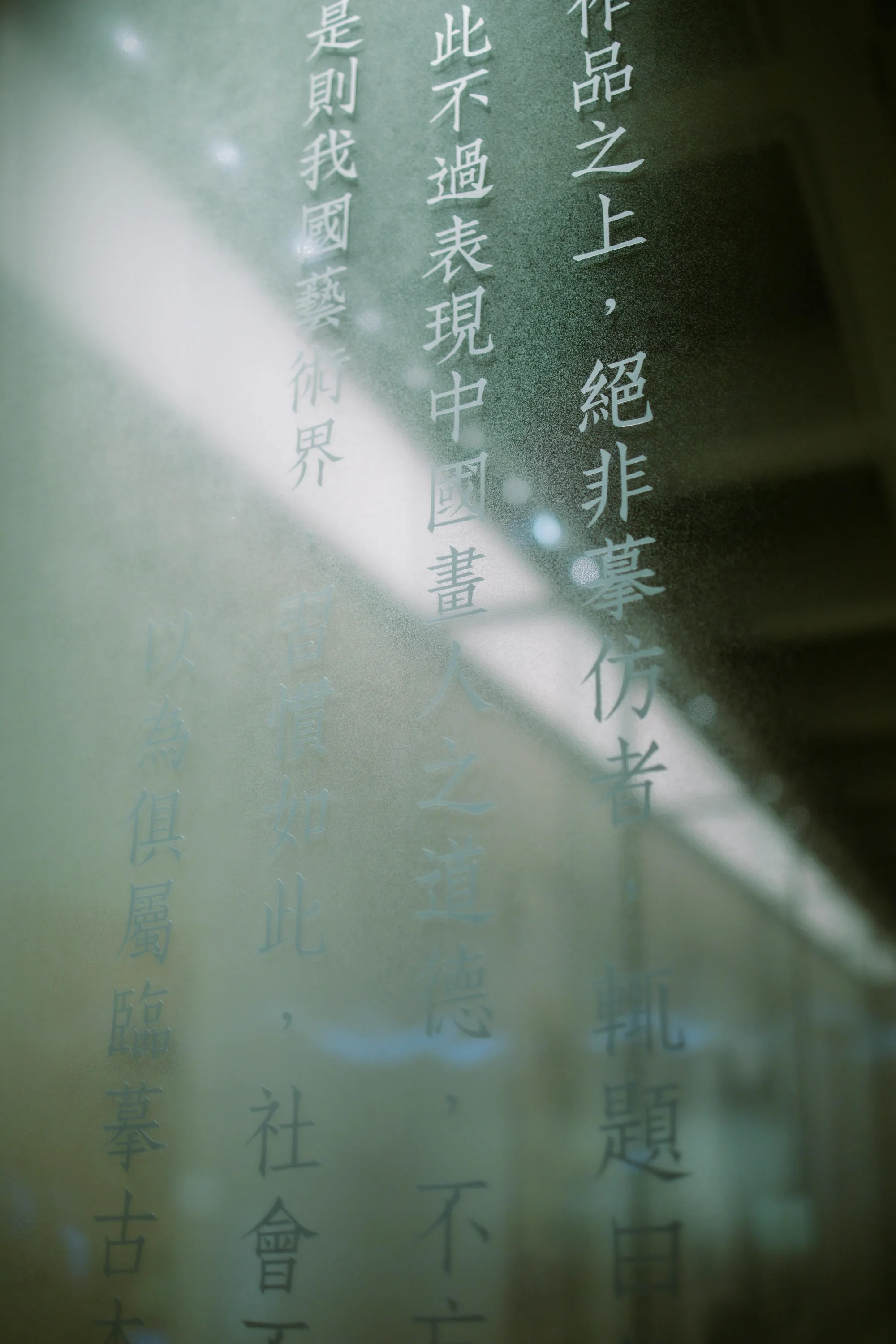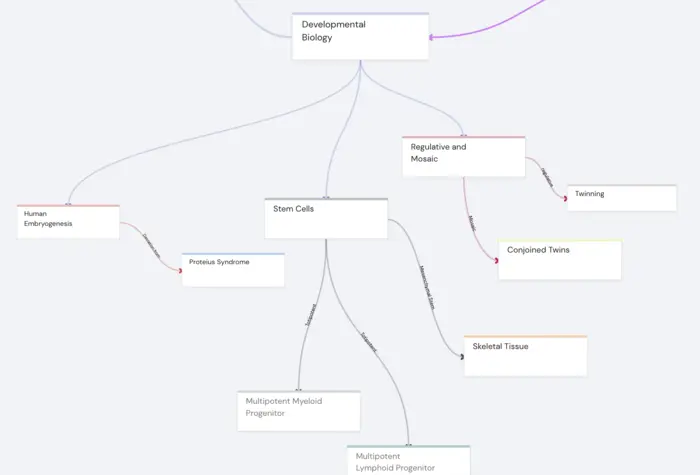Unleash your Mandarin prowess with the secret weapon of Zhuyin. Ever wondered why Mandarin learners struggle with pronunciation and character retention? That's largely due to the reliance on the Latin-based Pinyin system. Welcome to the world of Zhuyin, a phonetic system that not only improves your Mandarin pronunciation but also enhances your character retention. In this comprehensive guide, we'll delve into the world of Zhuyin, uncovering its mysteries, and showing you how mastering Zhuyin could be the game-changer in your Mandarin learning journey.
We'll explore its origins and structure, compare it with Pinyin, and reveal the unique benefits it offers to Mandarin learners. We'll also guide you on how to learn Zhuyin effectively using Traverse's innovative tools, and discuss its practical applications. So, if you're ready to transform your Mandarin pronunciation and character retention, let's dive in and discover the secret weapon of Zhuyin.
Understanding Zhuyin
Unleash your Mandarin learning potential by getting acquainted with Zhuyin - a phonetic system that takes a unique approach to Mandarin pronunciation and character learning.
What is Zhuyin?
Zhuyin, also known as Bopomofo, is a phonetic notation system for the representation of the sounds of Mandarin Chinese. It utilizes a set of symbols that are distinctly different from the Roman letters used in Pinyin. Each symbol in Zhuyin corresponds to a particular sound, thereby offering a unique advantage to learners of Mandarin.
The History of Zhuyin
Zhuyin was introduced in the early 20th century during a period of linguistic reform in China when there was a drive to improve literacy. While Pinyin has largely replaced Zhuyin in mainland China, it remains the standard phonetic system in Taiwan, where it is taught in schools and used widely in publications.
Zhuyin vs Pinyin: A Comparison
When comparing Zhuyin and Pinyin, you'll notice several key differences. Pinyin uses the Roman alphabet, which can lead to pronunciation errors due to learners associating the letters with sounds from their native language. For example, the letter “i” in Pinyin can correspond to different vowel sounds in different Mandarin words, leading to mistakes in pronunciation.
On the other hand, Zhuyin employs unique symbols for each sound, reducing the chances of mispronunciation. It also has a direct link to the Chinese writing system, as some of the symbols are incorporated into modern Chinese characters. This connection aids in the memorization of Chinese characters.
Moreover, Zhuyin can enhance typing speed. Once mastered, Zhuyin allows for faster typing than Pinyin as many words require fewer keystrokes. For instance, the word 吃 requires three keystrokes (C-H-I) in Pinyin, but only one in Zhuyin (ㄔ).
Lastly, if your language partner or tutor is Taiwanese, Zhuyin may make communication easier. Taiwanese people often learn Zhuyin in their childhood and might find it challenging to shift to Pinyin.
In summary, while Pinyin remains the standard phonetic system in many parts of the world, Zhuyin offers unique advantages particularly for those aiming for fluency in Mandarin pronunciation and character recognition. Understanding Zhuyin can significantly unlock your potential to master Mandarin.

The Structure of Zhuyin
The key to unlocking the full potential of Mandarin pronunciation lies in understanding the structure of Zhuyin. This phonetic system is organized into a set of unique symbols that represent each possible sound in Mandarin, providing a more precise and transparent guide to pronunciation than other systems such as Pinyin.
Zhuyin Symbols
Zhuyin is composed of 37 distinct symbols and five tone marks. These symbols are derived from ancient Chinese characters, providing an elegant bridge between the historical roots of the language and its modern usage. Unlike Pinyin, which uses the Roman alphabet, Zhuyin's symbols are unique, each one representing a specific sound in Mandarin. This system gives you a direct link to the Chinese writing system, allowing you to visualize the phonetics of the language in a way that is closely aligned with its written form.
Initials, Medials, and Finals in Zhuyin
The symbols in Zhuyin are categorized into three groups: Initials, Medials, and Finals. Initials correspond to consonants, while Finals correspond to vowels. Medials lie in between, and can be used as either a vowel or a consonant, depending on the word. For example, the symbol ㄧ can represent the vowel I, as in 里 (lǐ), or the consonant YI as in 应 (yīng).
The arrangement of these symbols is based on the phonetic characteristics of the sound they represent. From labial sounds articulated with your lips to sibilant sounds that produce a hissing effect, Zhuyin provides a comprehensive map of Mandarin pronunciation.
Tonal Marks in Zhuyin
Tonal variation is a critical aspect of Mandarin pronunciation, and Zhuyin provides clear guidance on this with its five tone marks. These marks are the same as those used in Pinyin for the first through fourth tones, but the fifth neutral tone is represented with a dot above the letter. This system of tonal marks provides a clear visual guide to the tonal variation in Mandarin, helping you to navigate the complexities of pronunciation with greater ease and accuracy.
Mastering the structure of Zhuyin is a crucial step towards achieving better Mandarin pronunciation. By immersing yourself in this unique phonetic system, you will gain a deeper understanding of the language's phonetics, enhance your pronunciation skills, and ultimately, unlock your full potential in your Mandarin learning journey.
The Benefits of Learning Zhuyin for Mandarin Pronunciation
Get ready to discover the secret sauce to mastering Mandarin pronunciation. Zhuyin, also known as Bopomofo, offers learners a unique approach to Mandarin, packed with benefits that go beyond the traditional Pinyin system.
Unique Symbols for Every Sound
In Pinyin, one letter can represent multiple sounds, which can lead to confusion among learners. For instance, the Roman letter "i" corresponds to different vowel sounds in 你 (nǐ) and 是 (shì), leading learners to potentially mispronounce words. However, Zhuyin comes with a unique symbol for every sound in Mandarin, reducing the likelihood of such pronunciation errors.
Direct Link to Chinese Writing System
Zhuyin has a direct link to the Chinese writing system. Unlike Pinyin, some Zhuyin symbols are still incorporated in modern Chinese characters. Thus, by learning Zhuyin, you are also indirectly exposing yourself to the Chinese writing system, which can aid your overall comprehension of the language.
Better Retention of Chinese Characters
When it comes to memorizing Chinese characters, Zhuyin takes the lead over Pinyin. In texts containing both Zhuyin and characters, Zhuyin appears to the right of each character, making it harder to skim past the characters. This gives you a better chance to read and retain the characters, enhancing your understanding and recall of Chinese characters.
Improved Typing Speed
Once you've mastered Zhuyin, your typing speed in Chinese can significantly improve. Many words need only one or two Zhuyin symbols, making it faster to type than Pinyin. For example, the word 吃 requires three keystrokes (C-H-I) in Pinyin, but only one (ㄔ) in Zhuyin.
Easier Communication with Taiwanese Language Partners
If your language partner or tutor is Taiwanese, learning Zhuyin can make communication smoother. Many Taiwanese people learn Zhuyin in their childhood, and may find it challenging to switch to Pinyin. By learning Zhuyin, you can also make use of children's books published in Taiwan, which typically include Chinese characters, Zhuyin, and sometimes English. This can be a valuable resource for English speakers learning Mandarin.
In summary, learning Zhuyin has the potential to boost your Mandarin pronunciation skills, enhance your memorization of Chinese characters, and make your Mandarin learning journey more efficient and enjoyable. Remember, mastering Mandarin requires not just knowledge, but strategy and dedication. By choosing to learn Zhuyin, you're adopting a scientifically-backed method that can greatly enhance your Mandarin learning journey!

How to Learn Zhuyin with Traverse
Transform your Mandarin learning experience with the power of innovative tools and techniques. Traverse offers a suite of features designed to help you master Zhuyin and unlock the secrets of Mandarin pronunciation.
Using Traverse's Mind Mapping Feature for Zhuyin
Harness the power of visual learning with Traverse's mind mapping feature. Mind mapping can help you establish connections between Zhuyin symbols and their corresponding sounds, making it easier to recall them during pronunciation exercises. Start by creating a central node for each Zhuyin symbol and branch out with nodes for similar sounding symbols or specific Mandarin words. This visual structure can aid in recognition and retention of Zhuyin symbols, setting a solid foundation for your Mandarin pronunciation.
Spaced Repetition Flashcards for Zhuyin Learning
Spaced repetition is a proven method for improving long-term memory retention, and it's particularly effective when learning Zhuyin symbols. Traverse's flashcard feature uses this technique, presenting Zhuyin symbols at intervals that optimize learning efficiency. This means you'll spend more time reviewing symbols that you find challenging and less time on those you've already mastered. Combined with the mind mapping feature, these flashcards can significantly accelerate your Zhuyin learning journey.
Importing Anki Decks for Zhuyin Study
Anki is a well-known flashcard tool that many language learners swear by. If you're already a fan, you'll be pleased to know that Traverse supports Anki deck imports. This means you can continue using your favorite Anki decks for Zhuyin study while enjoying the additional benefits of Traverse's unique learning features. If you have a Zhuyin deck already set up in Anki, simply import it into Traverse and start studying immediately. By leveraging the combined power of Anki and Traverse, you can effectively reinforce your Zhuyin knowledge, leading to better Mandarin pronunciation.
In summary, Traverse's innovative learning features provide an effective and efficient way to master Zhuyin, ultimately enhancing your Mandarin pronunciation. By incorporating these tools into your study routine, you'll not only improve your Mandarin learning journey but also gain a deeper understanding of the language's phonetic system.
Practical Applications of Zhuyin
One of the most fascinating aspects of Zhuyin is its practicality beyond simply learning Mandarin. With a firm grasp of Zhuyin, you'll unlock new dimensions of Mandarin that can boost your language skills and enhance your interactions with Chinese characters.
Zhuyin in Computer Use
The utility of Zhuyin is not confined to classroom learning. It also plays a pivotal role in the digital world, primarily in typing Chinese characters. Zhuyin's unique phonetic representation allows for quicker typing speed, a feature particularly appealing in this age of rapid digital communication.
For instance, if you're typing the word 吃, which means "to eat" in Mandarin, you would need three keystrokes (C-H-I) in Pinyin. However, with Zhuyin, only one symbol (ㄔ) is required. This brevity can significantly improve your typing speed, making Zhuyin an excellent tool for effective digital communication.
Moreover, Zhuyin keyboards are designed with Initial sounds on the left and Final sounds on the right. This layout allows you to use the same finger for multiple sounds for some words, further enhancing your typing speed.
Zhuyin Use Outside Standard Mandarin
Beyond standard Mandarin, Zhuyin serves as an essential tool in learning Taiwanese Mandarin, a variant of Mandarin widely spoken in Taiwan. Most Taiwanese learn Zhuyin in their early years, making it an integral part of their language learning journey.
If you happen to have a Taiwanese language partner or tutor, learning Zhuyin would greatly enhance your communication with them. Moreover, Zhuyin is frequently used in Taiwanese children's books, offering a rich resource for Mandarin learners.
Furthermore, Zhuyin's unique link to the Chinese writing system means that it provides a more direct understanding of the pronunciation of Chinese characters. This can be particularly useful for learners struggling with homophones, as it offers a more intuitive way of distinguishing similar sounding words.
In essence, mastering Zhuyin not only improves your Mandarin pronunciation but also opens up a world of practical applications, from faster typing to effective communication with Taiwanese Mandarin speakers. By incorporating Zhuyin into your language learning journey, you're equipping yourself with a powerful tool that will significantly enhance your Mandarin skills.
Conclusion
Is Learning Zhuyin Worth It?
After exploring the rich history and benefits of Zhuyin, one question remains: is it worth it to learn Zhuyin? As with any learning endeavor, the answer largely depends on your individual goals and circumstances. If you're planning to live in or visit Taiwan, or if you're particularly struggling with Mandarin pronunciation, then learning Zhuyin could be a game-changer.
The very structure of Zhuyin, with its unique symbols for every sound and its direct link to the Chinese writing system, can provide a significant boost to your pronunciation accuracy and character retention. Furthermore, if you're a speed demon on the keyboard, the efficient typing system of Zhuyin will certainly appeal to you.
How Zhuyin Mastery Can Enhance Your Mandarin Learning Journey
Mastering Zhuyin is akin to uncovering a secret weapon in your Mandarin learning arsenal. It offers a fresh perspective on the language, away from the constraints of the Roman alphabet that Pinyin imposes. By focusing on the phonetic details that Zhuyin emphasizes, you can develop a more nuanced understanding of Mandarin sounds, leading to an enhanced listening comprehension and more accurate pronunciation.
Furthermore, learning Zhuyin gives you a solid foundation in the Chinese writing system. It encourages a more in-depth engagement with Chinese characters, potentially boosting your reading and writing skills.
Lastly, it's worth noting that Zhuyin is not just a tool for beginners. Even advanced learners can benefit from revisiting the basics with Zhuyin, consolidating their pronunciation skills, and gaining new insights into the Chinese language.
In conclusion, mastering Zhuyin can significantly enhance your Mandarin learning journey. By integrating this phonetic system into your study routine, you're not just learning a set of symbols; you're engaging with Mandarin on a deeper level, honing your pronunciation skills, and ultimately becoming a more confident and proficient Mandarin speaker.
Whether you decide to embark on the journey of learning Zhuyin or not, remember the importance of continuous learning and immersion in the language. With resources like Traverse, you can make your Mandarin learning journey more effective, enjoyable, and rewarding. So, harness the power of progressive learning methods, immerse yourself in the language, and take your Mandarin skills to new heights.


